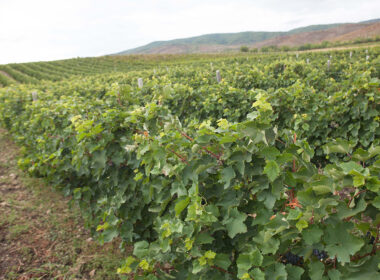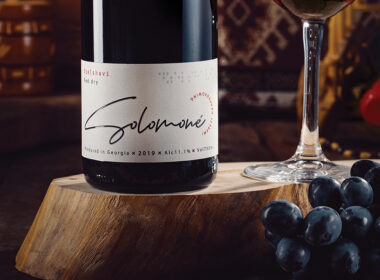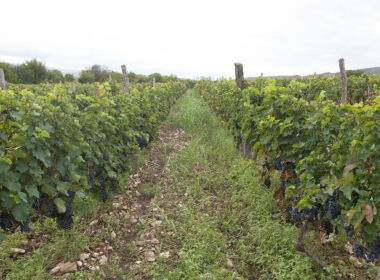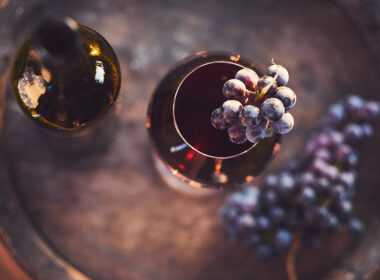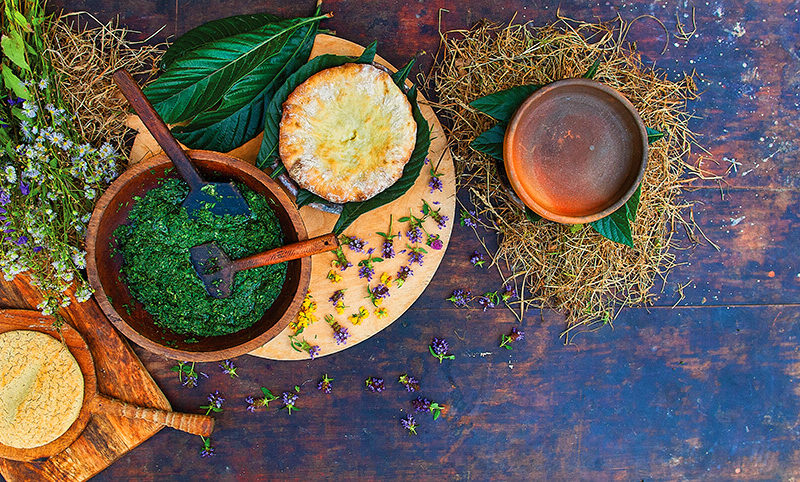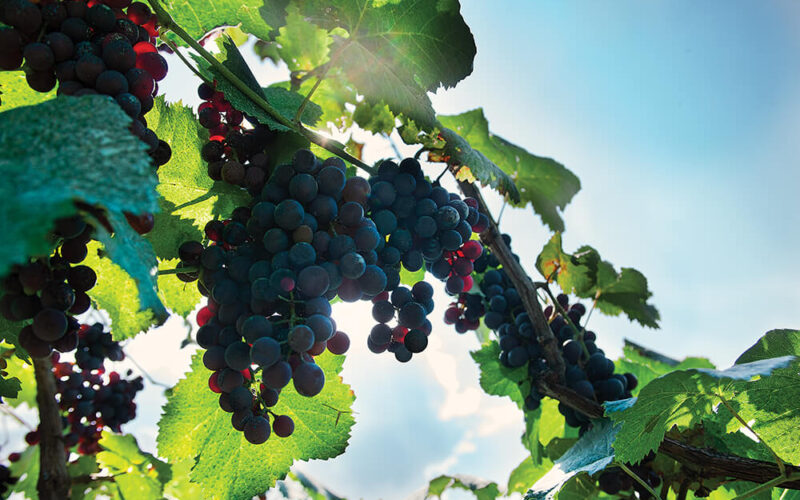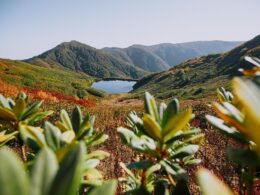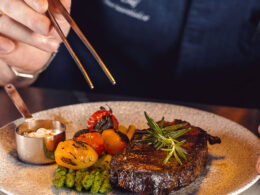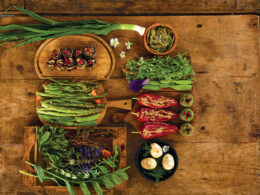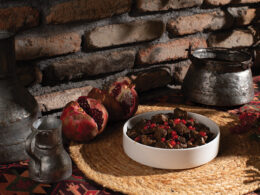Following the steps of Medea of Colchi
Keti Kvichidze
Imereti is a region in West Georgia, along the side of Likhi Range. Part of the ancient settlement of Colchis, it has best kept the authentic tastes of the past with its spices and plants, used by the Colhi princess, beautiful Medea. Our culinary journey starts with Itkhvisi, a small village that will lead us to discover some of the most unique tastes of Georgia.
The road to Itkhvisi goes through Chiatura, a once industrial town, now home tо the largest manganese reserves in the country. There is an atmosphere of a lost city in Chiatura – with its abandoned factories and old cable railways, Soviet architechture, deserted train station and rusty carriages. It seem that time has stopped here somehow.
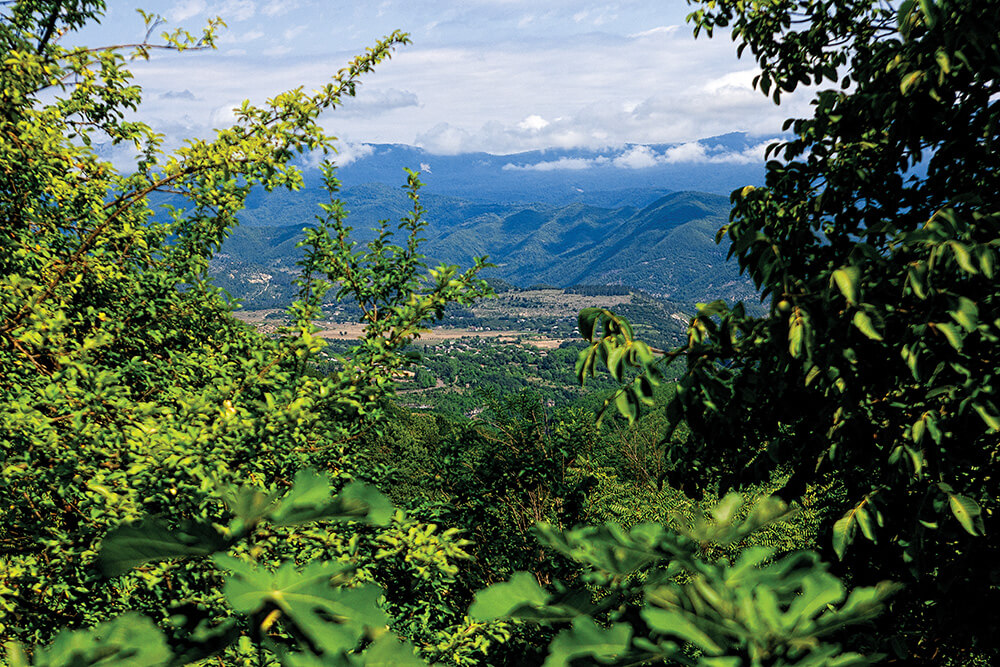
Traveling just a couple kilometeres up the road, you will find yourself in Itkhvisi, a village immersed in greenery. It is almost the end of summer, the air is filled with unbelievable aromas, wine is already “dancing” in qvevri and the locals are already expecting us with a gracious welcome.
We find our host, beautiful Melania, in the yard under a pergola, mixing herbs and spices to make a magnificent dish of phkhali. She uses coriander and pennyroyal, the scent of which leaves us absolutely mesmerized. Melania invites us to her kitchen: it’s small and wooden, with a centerfire, and shelves upon shelves filled with wooden bowls and pots, ketsis, milk distillers, spice mills and traditional Georgian sieves. The walls are filled with wooden spoons of different sizes.

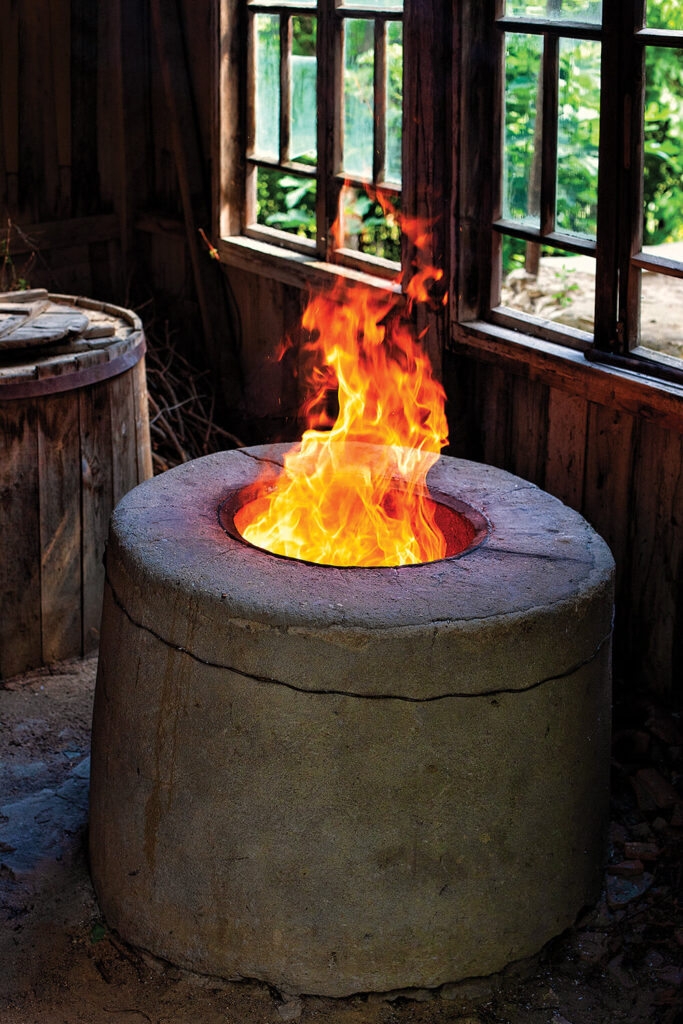
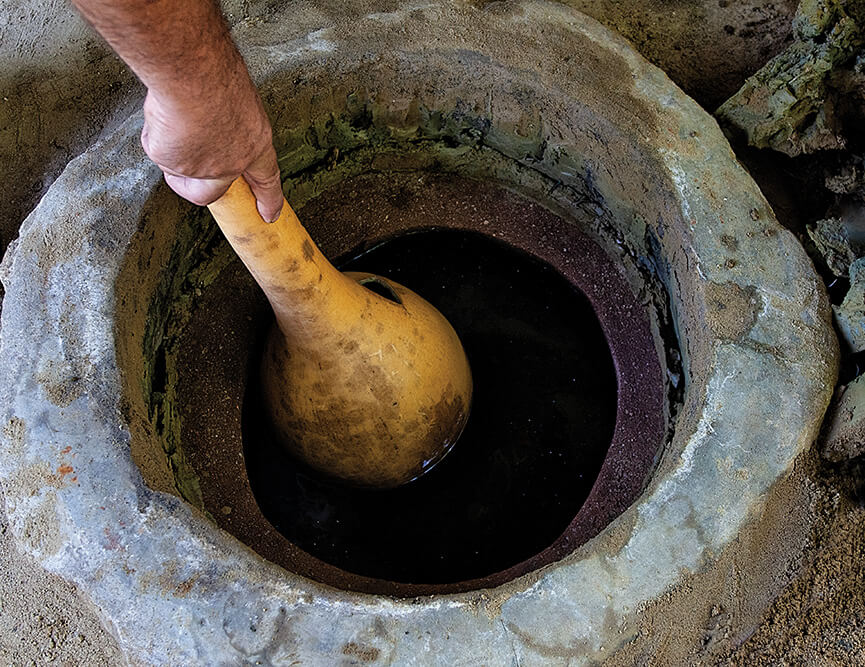
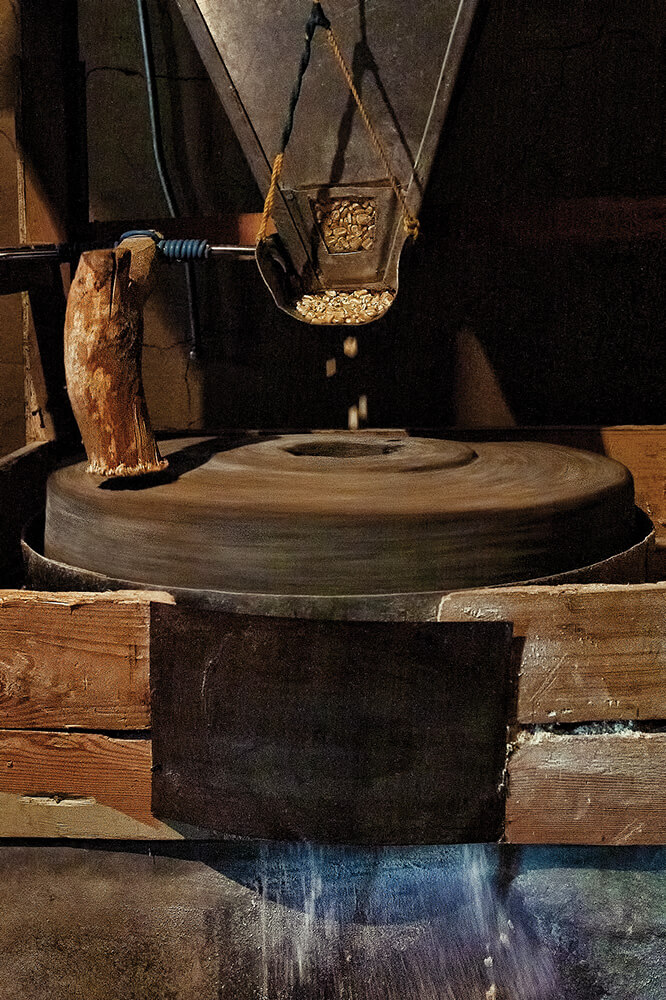
Our feast starts with a Khachapuri. You can rarely find a Supra in Imereti wihout it. The great Georgian writer, Sulkhan-Saba Orbeliani described Khachapuri as type of Nazuki (a type of Georgian bread), which was commonly called “Natifi” – a Georgian word used to describe something precious and made with a kind a heart. That’s exactly how Melania’s dough feels – soft and precious – made with natural yeast called khashi (a naturally fermented dough starter). There are many factors that make for good dough – quality of flour, the right knead, temperature, but it all starts with the right sift, good water and good yeast. Water is sometimes substituted with milk to get a fluffier dough.
Choosing the right cheese for Khachapuri is just as important. Imeretian Cheese is unpasteurized, made from raw milk of the cows fed in Imereti region. Melania uses mature Imeretian cheese for her Khachapuri. She folds a generous amount of it between the dough, making small balls and flattens them on a ketsi. Before putting them on a stove, she scores them in shape of the Sun, paying hommage to her ancestors. This also helps air to escape while cooking, so the melting cheese won’t bubble up the dough. Once its done, she won’t put an extra layer of butter on top – this is how it’s traditonally done – leaving just a light layer of flour.
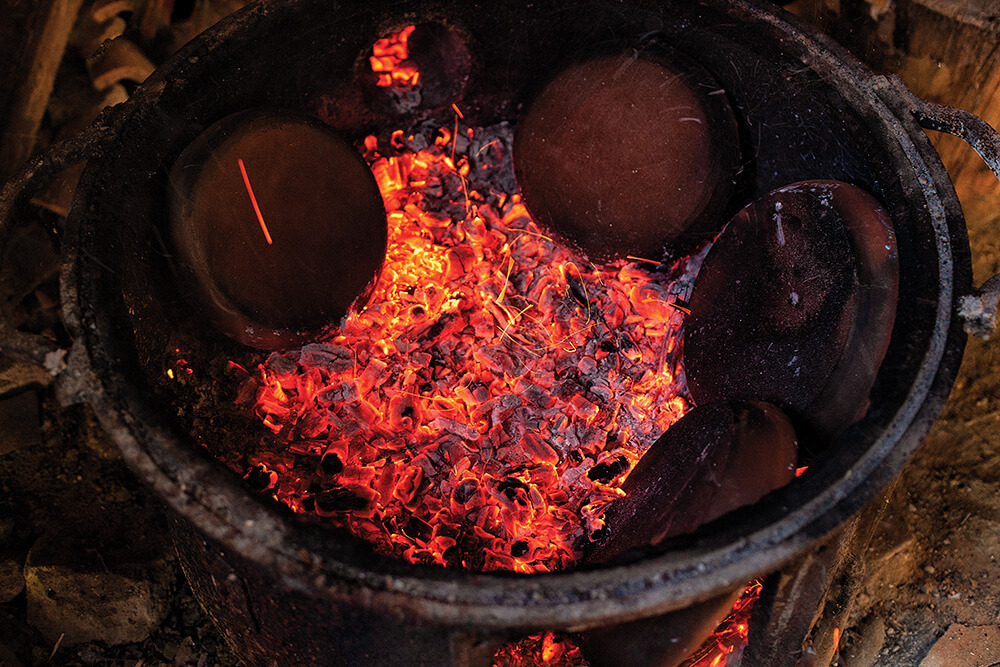
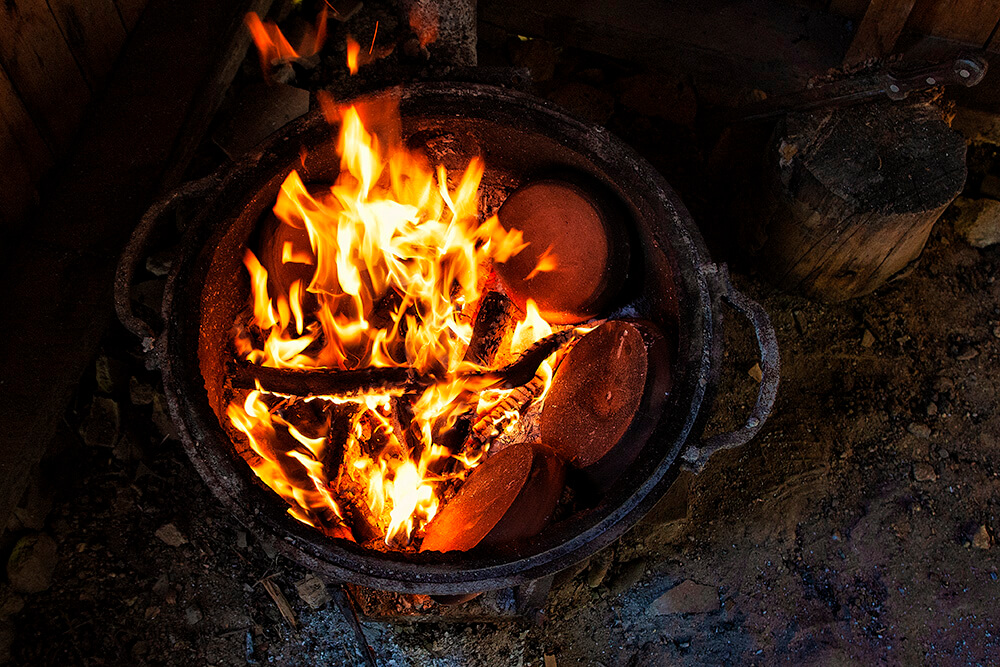
I mentioned ketsi above, the phenomena of which might be unknown to most readers. It is one of the most widespread types of clay pots in Georgia, along with qvevri. Sulkhan-Saba describes it as “land, created as vessel”. There is at least one ketsi in every household in Imereti. This region is one of the keepers of ketsi tradition, however you can see people from all over the country use it in cooking. One of them is upper Khevstureti, where they even call Khachapuri “ketseula”, which means “Khachapuri cooked in ketsi”. Dishes cooked in this clay pot have a distinct, absolutely unique taste that will stay with you for a long time.
Melania’s husband puts ketsis on an open fire. I am using plural, because every ketsi has its own function: one is for mchadi (cornbread), one is for frying a chicken, and another one is for Khachapuri. Number of ketsis is directly proportional to dishes being cooked and guests being fed. Cooking on ketsi doesn’t require any oils, instead Georgians use leaves from rhododendron, walnut and chestnuts. Once the surface is hot, they lay the leaves on the bottom, preparing it for cooking. The leaves keep the food from sticking to the surface. It’s so simple, yet ingenious: this mixture of tastes aquired from natural clay, fresh leaves and traditional recipes will play a beautiful symphony on your tongue.
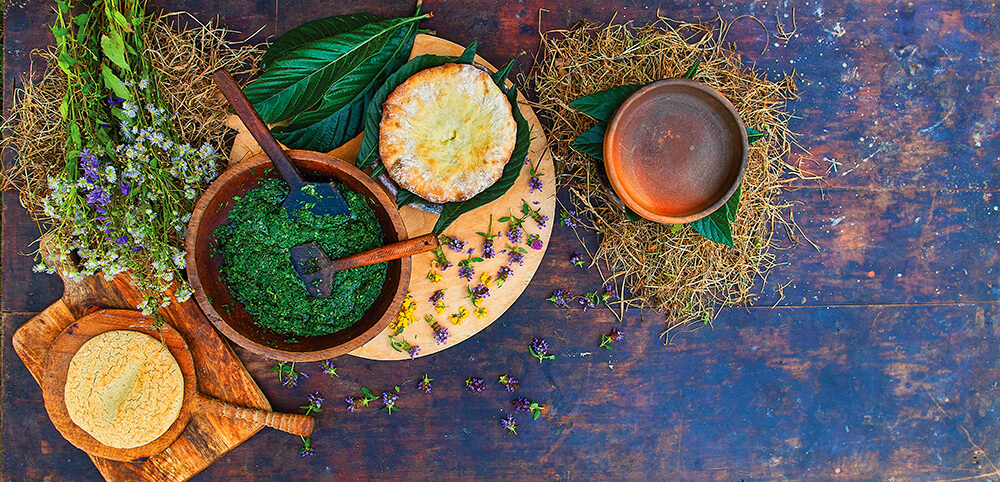
While Khachapuri is cooking, Melania prepares mchadi and chicken. She has a small mill in the yard, where she mills corn making fresh flour for mchadi. Once the dough is ready, she lays the leaves on ketsi, puts a small ball of mchadi inside and covers it with another ketsi. When mchadi is done, Melania will roll them up in a cloth and put it under a pillow to keep it warm, while other dishes cook.
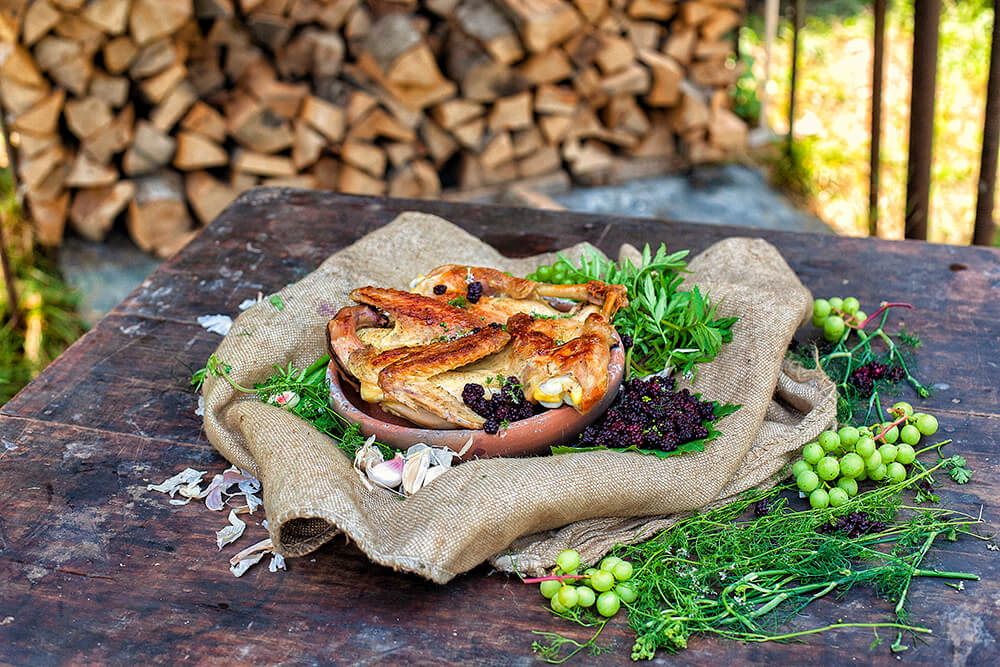
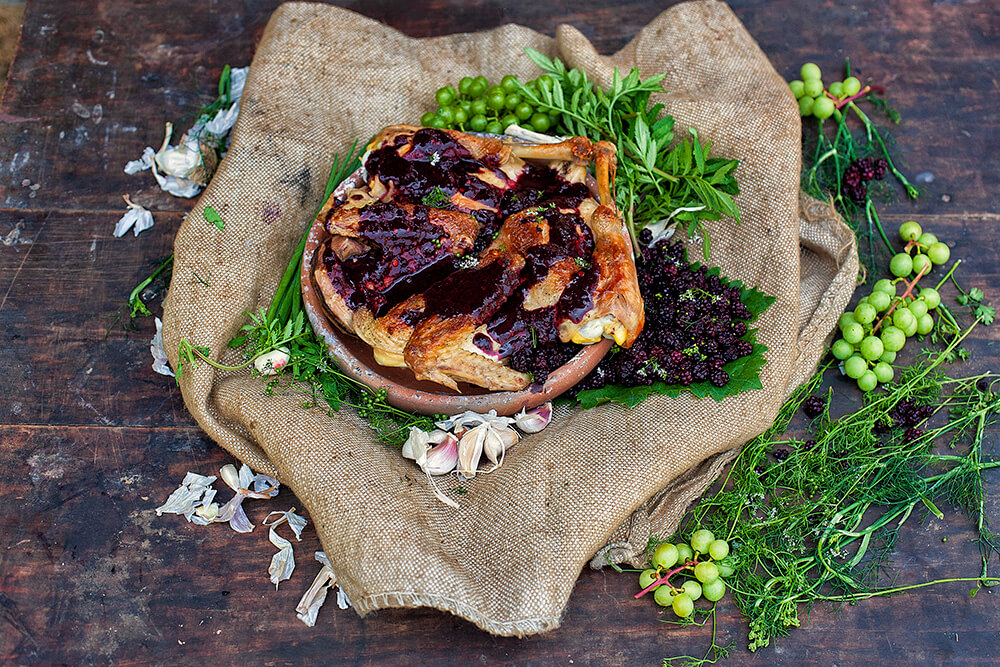
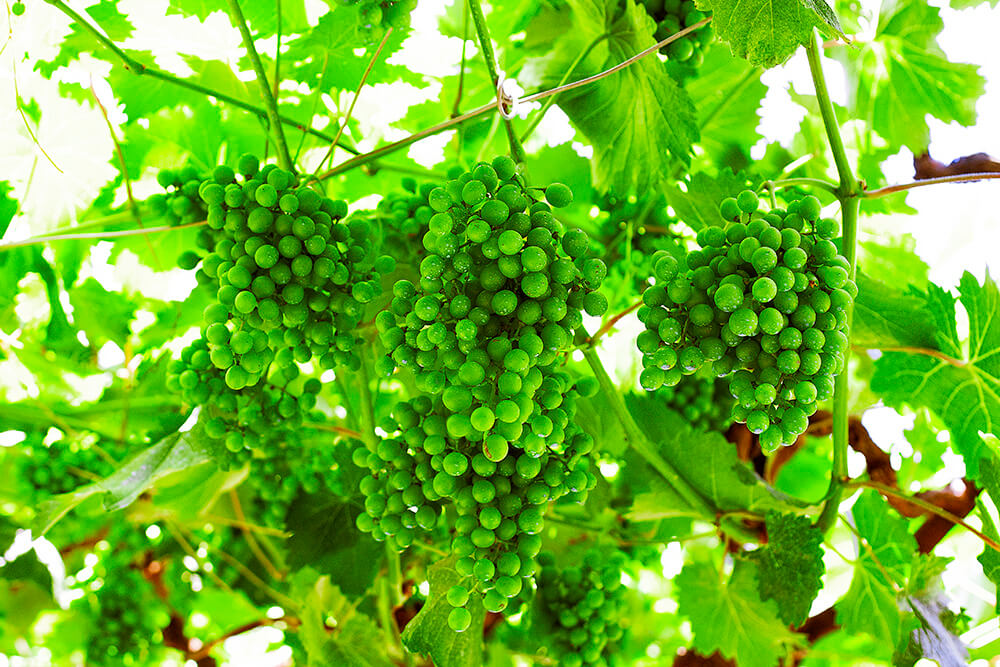
Chicken is the last one to cook and while it’s frying, Melania will start on a special sauce for it. Georgian cuisine is rich with sauces and dips. In old recipes, there are a number of words, such as “tsotsoka”, “tsua” or “tso”, used to describe them. I presume, the Georgia word for dip – chaTSOba (to dip) – should be connected to an ancient word of “tso”.
The special sauce for chicken – called isrim-makvali – is a mixture of tkemali plum, damson plum, dogwood, blackbery and isrim or unripe grapes, which are picked after the harvest. Ripe blackberries are pushed through a fine sieve, adding grapes and a mixture of young corriander, spring onion, pepper, thyme and dill ground with mortar and pestle. The ready mix is then added to the chicken, while it’s still cooking. The same cooking method is used to make damson plum “tso”, a sauce that has no analogue in the world.
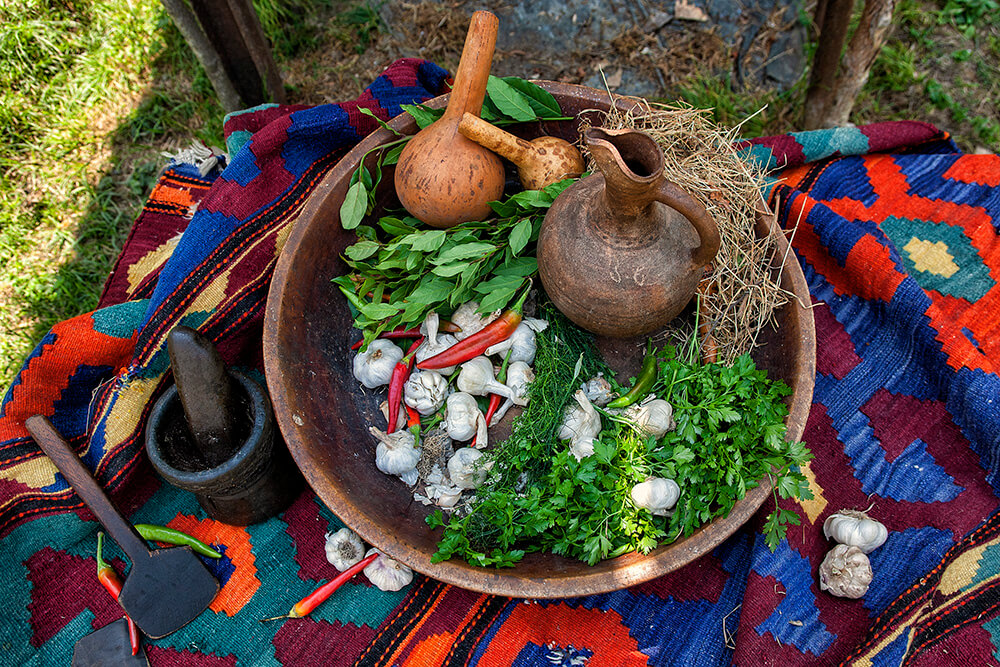
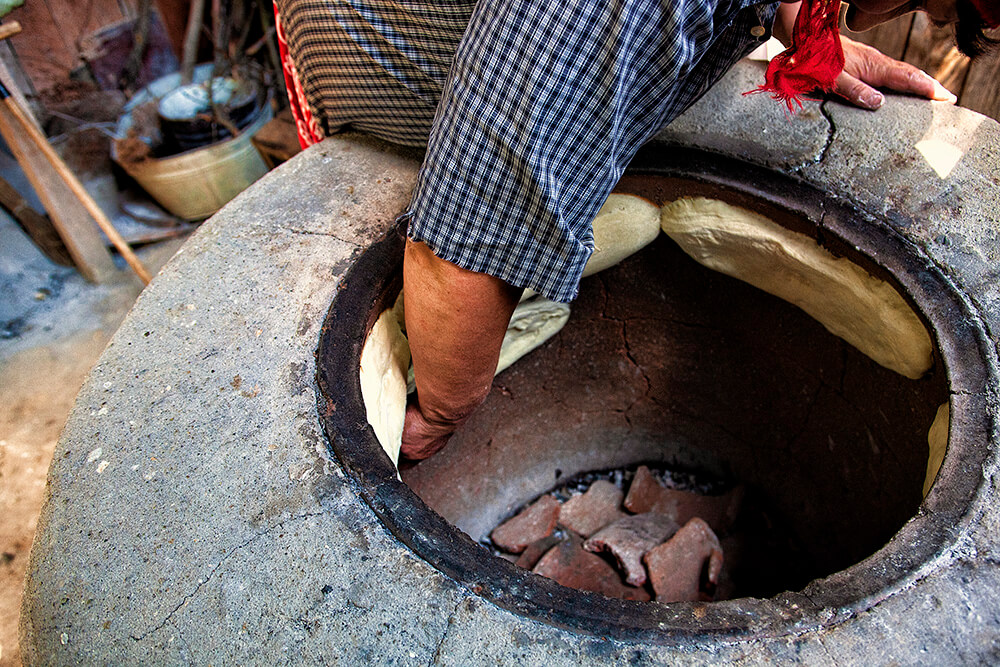
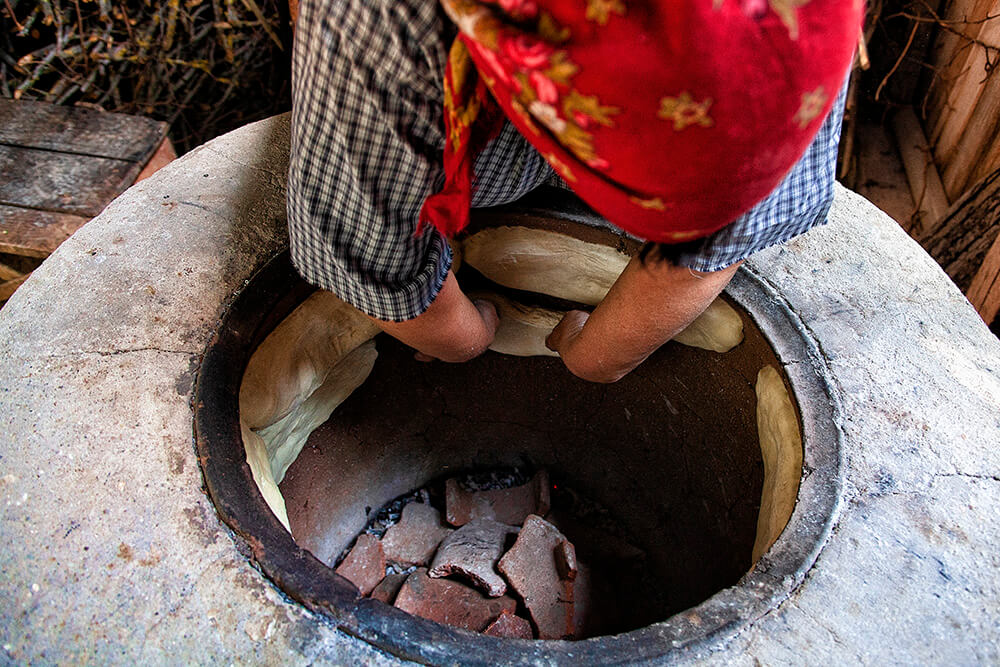
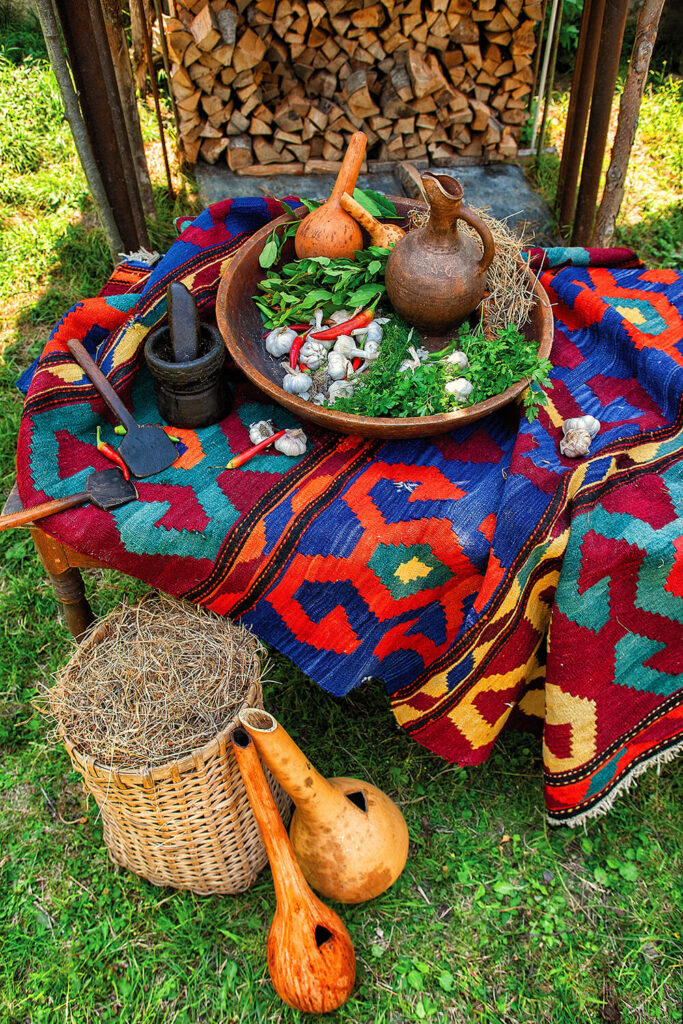
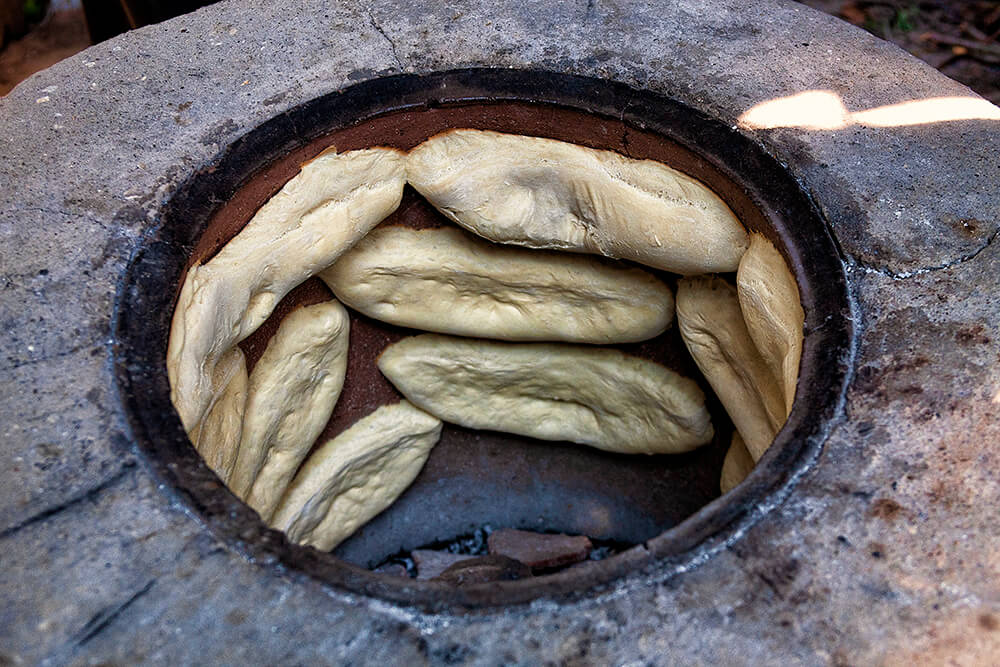
Did you know that people from Imereti make a traditional dish of pkhali from field flowers? If you are ever in Imereti in the early spring, ask around for pansy, mallow, cottonroses, nettles, oregano, goosefoots and pigweed – all the herbs used to make this special kind of pkhali from flowers. When I see all of these herbs on Melania’s table, I can’t help but think of Medea – a wise woman, making natural remedies that cured illnesses and brough people back to life. In today’s world, when nutritionists and diet specialists are trying to find the key to healthy living, I believe I discovered it in this small Imeretian village. Watching Melania blanch field greens, adding parsley, corriander, dill and tarragon, folding in crushed wallnuts – once again brings an image of Medea, making her magic potion, an elixir of beauty, health and youth.
Getting back to our subject of pkhali, there are numerous other varieties you can try: a pkhali made from leek, thistles, turnip, crane’s-bill, goat’s rue – every herb in local flora is used to make a delicious and healthy meal.
The herbs are mixed in a wooden bowl called “gobi”. As my restorateur friend told me, a Georgian word for friendship – meGOBroba – comes from the word “gobi”, as the meal prepared in this bowl was communal and shared, eaten by everyone by hand.
Now all of the dishes are ready and the bread is baked. Melania’s husband opens a qvevri in front of us – another sign of respect towards the guests – and pours delicius Tsolikouri into a decanter. The feast looks magnificent, it’s traditional and it’s healthy. The aromas and tastes are so mersmerising that you will definitely want to return to Itkhvisi, to visit this magnificent region of Imereti in Georgia.

